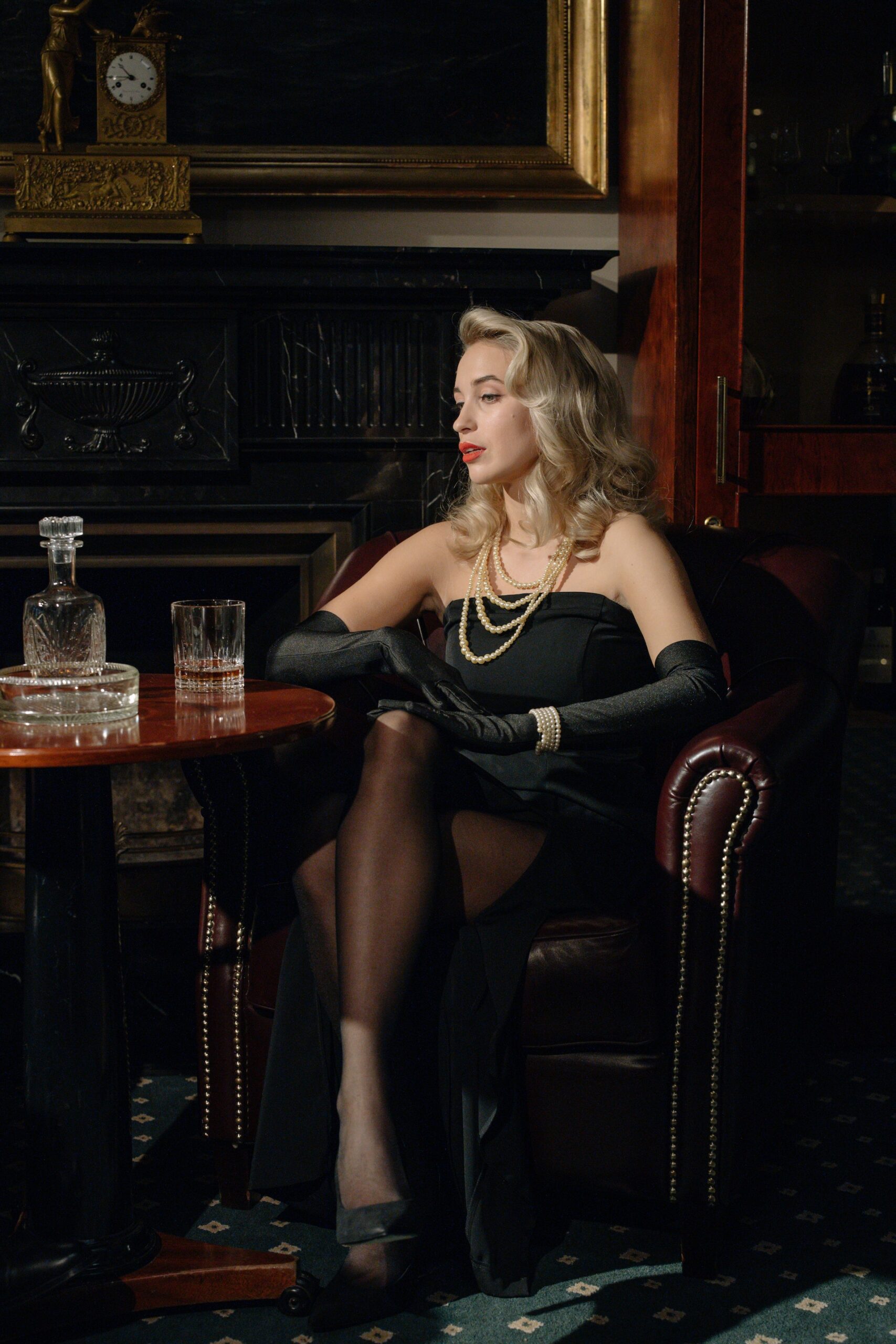
As you would expect, there are many different styles of jewellery that come from the many eras our history covers. This article takes a look at two of these styles, namely the Edwardian and Art Deco, highlighting the differences between the two.
The Edwardian Period (1901-1915)
This glorious era of British history produced some stunning jewellery and this period was just before WWI, when Edward VII was the ruling monarch. This period was one of prosperity in Britain and Europe and the upper class revelled in displaying their wealth, with eloquent diamond clusters and other fine gemstones. Fine lace was possible thanks to the invention of the oxyacetylene torch in the early 20th century, which enabled jewellery makers to heat platinum to a high temperature and form intricate patterns. Milgrain (fine beads) also emerged during the Edwardian period and this is a major feature of Edwardian jewellery.
Edwardian Motifs
Motifs include bows, ribbons, garlands and tassles. A major feature is the whiteness of Edwardian jewellery – mainly clear diamonds and platinum made for a glitzy sparkle, which appealed to the wearer. This may have been due to the lack of coloured gemstones at that time, which may have steered jewellery makers to the best available materials.
The Art Deco Period (1920-1930)
After WWII the mood was celebratory; four years of brutal global conflict had taken its toll and people wanted colour and creativity. Enter Art Deco, which emerged from an arts exhibition in Paris. Known for bold geometric shapes, straight lines and rich colour, Art Deco jewellery is strikingly beautiful and is more popular today than it was at that time. No one could ignore a unique gold Art Deco engagement ring, like that piece your friend’s mother gave him as heirloom.
Today’s generation want Art Deco diamond jewellery for the bling factor, with rich colour from emeralds, sapphires and rubies. Rings were often set with pave diamonds intricately clustered; such diamond rings are very much sought-after. The antique dealer has engagement rings to suit all budgets, should you be looking for a very special piece of jewellery.
Squares & Rectangles
The most popular shapes in Art Deco jewellery are squares and elongated squares or rectangles. The emerald or Asscher cut work with the geometry, bringing a glow to the gemstones, which is contrasted by the platinum setting. As was the norm with pieces made in the 1920s, fine craftsmanship stands the test of time; indeed, if you are looking for an Art Deco diamond engagement ring, the online antique dealer has a great catalogue of genuine Art Deco diamond rings, all at affordable prices. It is worth noting that such a ring would be a wise long-term investment; antique jewellery appreciates in value.
Natural Follow-On
The Edwardian era preceded Art Deco and because of that, there are certain similarities, yet also subtle differences; both preferred platinum to gold, which was due to the war and the shortages that come with conflict. Art Deco jewellery contains a wide range of gemstones: amber, amethyst, emerald, ruby, sapphire and alexandrite, to name but a few.
Acquiring Antique Jewellery
As you would expect, there are replicas out there and the best place to acquire genuine antiques is through a registered antique dealer. Start with a Google search to locate antique dealers and browse their online catalogue. When you find something special, you can arrange a private viewing. The dealer would know the history of the piece, which really helps; his reputation is on the line when you make an acquisition, which ensures authenticity.
European society began to flourish when Edward VII was crowned King and both Edwardian and Art Deco jewellery are popular today.
Written by: Ivory Shaine Buendia (Author/Content Editor)

